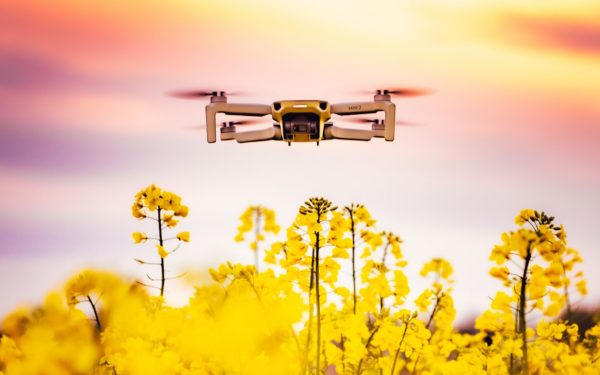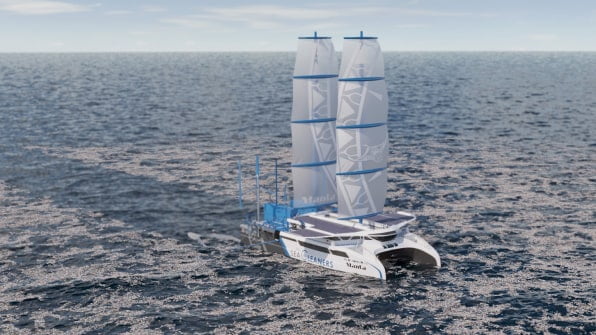
World Ocean day: How engineering can help

This World Ocean Day we take a look at five recent engineering solutions that are helping humankind to learn more about our oceans and how we can save them.
World Ocean Day is an international United Nations event celebrated on 8 June, to foster public interest in the protection of the ocean and the sustainable management of its resources. For 2021, World Ocean Day is calling on world leaders to protect at least 30% of our blue planet by 2030. Join us on a deep-dive of just some of the inspiring engineering technologies that are playing a part in understanding and protecting our oceans.
From Mars to the Deep Ocean: A robotic odyssey
Robotic navigation tech that helped NASA’s Perseverance Rover to land on Mars will now explore a new terrain – the deep ocean. The exploration will advance our understanding of the deepest regions of the oceans, the so-called ‘hadal zone’. As the vehicle, Orpheus, travels over the seafloor, it will identify features – such as rocks, shells, and coral – below it. It will then remember and construct 3D maps using these features as waypoints to help it navigate the ocean floor.
“There are quite a few similarities between Earth’s deep ocean and space exploration,” Russell Smith from NASA’s Jet Propulsion Laboratory (JPL) said, including “data-constrained communication, requiring a lot of autonomy, but also challenging environmental conditions that require a lot of engineering work to deal with.”
A boat that is powered by ocean plastic waste

[Image: Synthes3D/The SeaCleaners]
SeaCleaners have built a concept for a new sailboat that will pull plastic trash from the water as it moves, capturing as much as three tons of plastic per hour. On board, the plastic will then go through a waste-to-energy machine that turns it into electricity to provide some of the boat’s power.
Microplastic-busting robots
On the ocean floor, there may be nearly 16 million metric tons of microplastics. At a lab in the Czech Republic, researchers are developing tiny robots that could help. No larger than a red-blood cell, the robots are made of a wireless material that is propelled forward through the water when exposed to sunlight. When the robot comes into contact with microplastic, it will degrade the plastic particles.
Smart fishing nets
Pisces is a kit of lights that can be attached or retro-fitted to fishing gear. This light emitting device is designed to help fishers catch specific fish, making sure other marine species don’t get caught in fishing nets. Such a device can help to reduce overfishing, save endangered species and reduce the amount of dead bycatch that are thrown back into the ocean.
Underwater drones
Swiss company Hydromea recently unveiled their prototype of world’s first wireless underwater drone. The drone can fit into a backpack, can be remotely controlled, and sends HD video back in real time without any physical connection to a pilot. This will reduce cost, time and eliminate the safety risks posed by dangerous underwater inspections currently performed by humans.
Feeling inspired? Learn more World Ocean Day plus why you should study engineering.
More Roundup articles


Engineering news roundup #11
